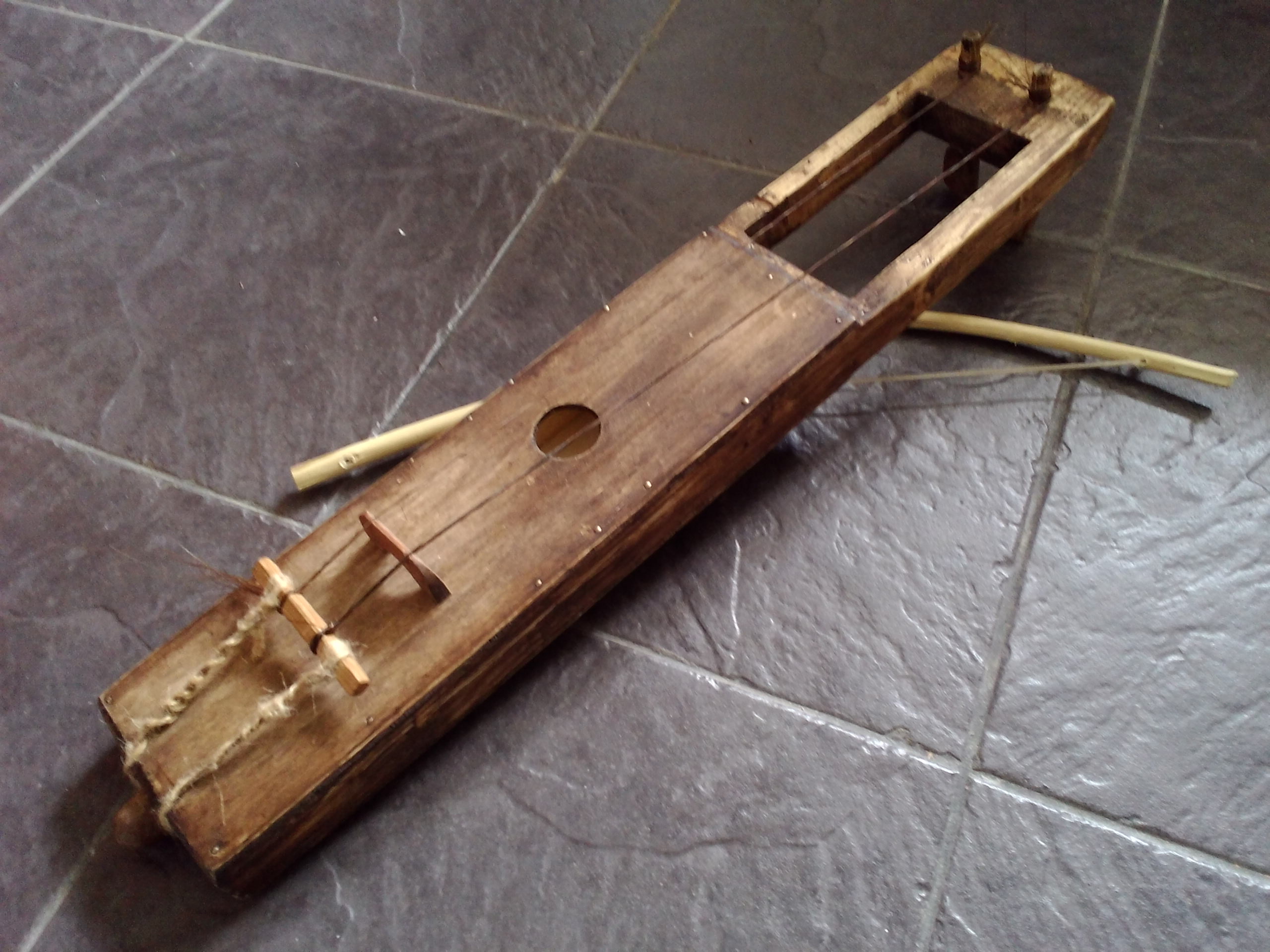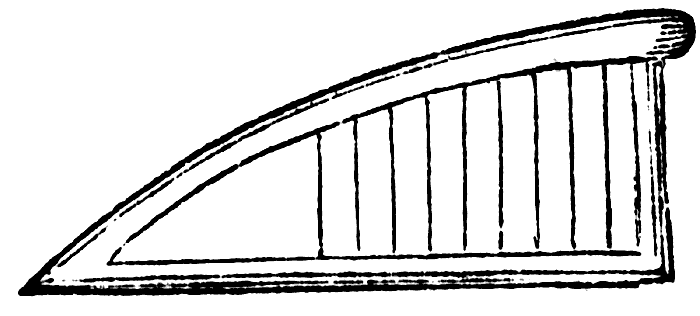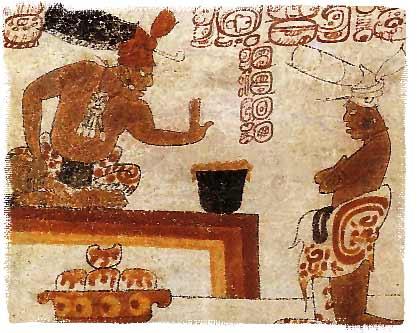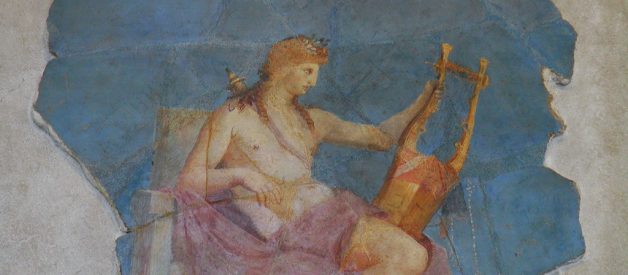Hundreds if not thousands of musical instruments have been invented throughout history; some of these instruments have been very popular for the last centuries, like the piano or the violin, while others have fallen into oblivion. For some reason or another, they were forgotten or replaced by similar ones. Some of these forgotten musical instruments have made a resurrection, such as the harpsichord, while others never managed to make a full return to the musical scene and are now just history. They have been rebuilt by scientists at most, out of pure curiosity or to be able to play certain pieces of music. Keep on reading to discover some of the musical instruments artists don’t play anymore:
-
The gue
The gue was a two-stringed bowed lire or zither originating from the Shetland Isles. One of its last accounts dates from 1809, when Arthur Edmondston described it in View of the Ancient and Present State of the Zetland Islands: “Before violins were introduced, the musicians performed on an instrument called a gue, which appears to have had some similarity to the violin, but had only two strings of horse hair, and was played upon in the same manner as a violoncello.” The instrument is considered similar to a series of extinct Scandinavian lyres and zithers. There was someone who managed to recreate the gue in 2007 – instrument maker and musician Corwen Broch of Ancient Music. However, the recreation stays in the area of experimental music archaeology and did not make the gue a popular musical instrument again.

-
The lyre
Those who have read Greek mythology are definitely familiar with the lyre, the musical instrument whose harmonious sounds could be heard all over the Olympus Mountain. Although the lyre is known for being used by the Greek during classical antiquity, this string instrument was actually developed in Sumer (present day Iraq). To imagine how this instrument must have looked like, before seeing the pictures, think of a small harp with some distinct differences. The performer would play the lyre with a plectrum rather than plucking it with their fingers, and they used the free hand to silence unwanted sounds. The instrument had a hollow body or sound chest, traditionally made from turtle shell, while the strings were of gut. The number of strings varied and usually included four, seven, and ten. The sounds of the lyre would often accompany recitations.
-
The Sambuca
Multiple instruments have been called Sambuca, but the extinct one we are referring to was created by the ancient Syrians and Phoenicians, according to Hellenistic scholars. The instrument was very similar to modern harps and was often used during Athenian, Macedonian, and Roman ceremonies. Not much is known about the Sambuca, except that it had Asiatic origins and it has been compared to a rope ladder by Polybius and to a boat by other classical writers. There are also some instruments similar to the Sambuca, such as the Egyptian nanga or the Phoenician sabecha.

-
The Asor
The Asor is also an instrument that historians don’t know much about. The general consensus is that it had ten strings and was similar to a guitar or banjo. The name of this instrument appears three times in the Bible, in the Psalms, and it has not been found elsewhere. It is probably a variant of the nebel, having ten strings instead of twelve.
-
The nebel
The nebel was also a stringed instrument and its name comes from Hebrew, which means it has at least two things in common with the asor. The Greeks called it nabla and the word nevel means harp in modern Hebrew. As a result, most historians think the nebel was some sort of harp. Musical composer Michael Levy is playing in the following video a replica considered to be close to the original.
-
The lituus
Not all forgotten instruments are stringed. The lituus was a large trumpet originally used by the ancient Roman augurs during religious rituals. A high-pitched brass instrument created in the Etruscan civilization, the lituus seems to have been used as a signaling horn in the army and in funerary processions as well. The instrument survived to the modern era, and it was included in a Baroque composition – Bach’s motet O Jesu Christ, meins Lebens Licht (BWV 118). The instrument has not been used by approximately 300 years, and has probably vanished because of its large size. However, scientists from the Edinburgh University recreated in in 2009 as a long wooden trumpet, to mirror the models used by Bach so his motet can be played in a complete manner.
-
The Mayan trumpets
For the last instrument in our list, let’s go to a totally different part of the world. The Mayan trumpet has been extinct for centuries, and its image has survived sue to murals, painted vases, and literary references. The area where the Mayan trumpets were being used corresponds to the southern Mexican state of Chiapas and it looks like the instrument was very important for this civilization. They were used for various purposes, such as greeting visitors, accompanying leaders during visits, during religious ceremonies and celebrations, at war and during hunts. What we still know about the Mayan trumpets is that they produced a powerful sound that could be heard from a large distance. They managed to obtain such a loud sound by probably placing gourds at the end of the tube as resonance chambers. Even if the Mayan trumpet and other instruments have come to light, the lack of musical notation caused Mayan music to disappear forever.

It would be hard to imagine a world without guitars or drums, but the fate of some musical instruments of the past was not with a happy ending. For many of these instruments, musicians and makers did not let too many instructions on how to play and build them, so most of the sources that provide us with information about these extinct musical instruments are biblical or literary. The wheel of time can be unforgiving when it comes to music art as well.
